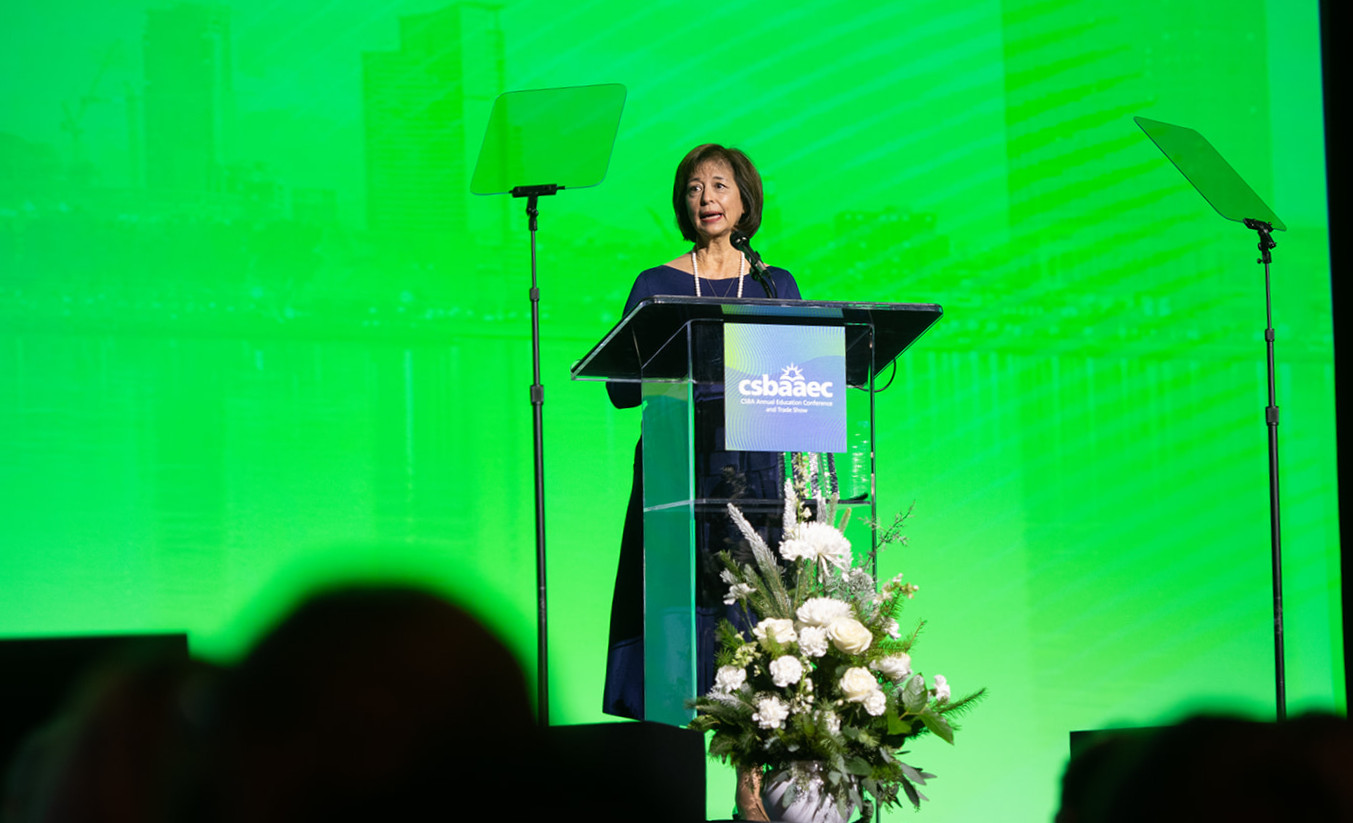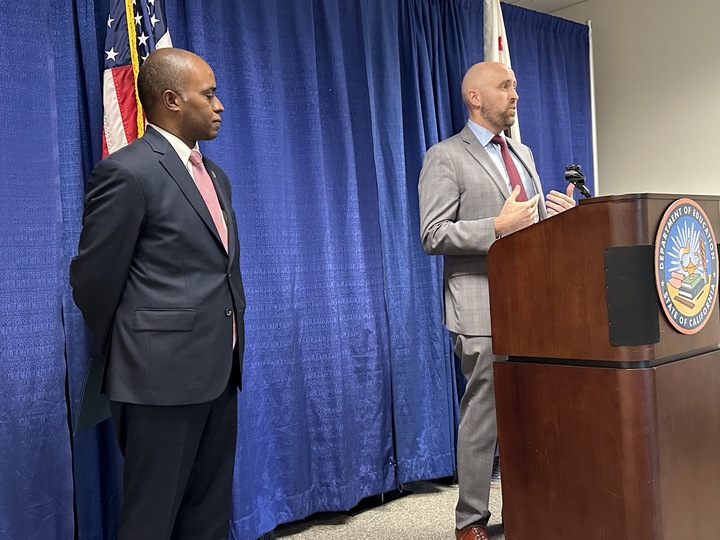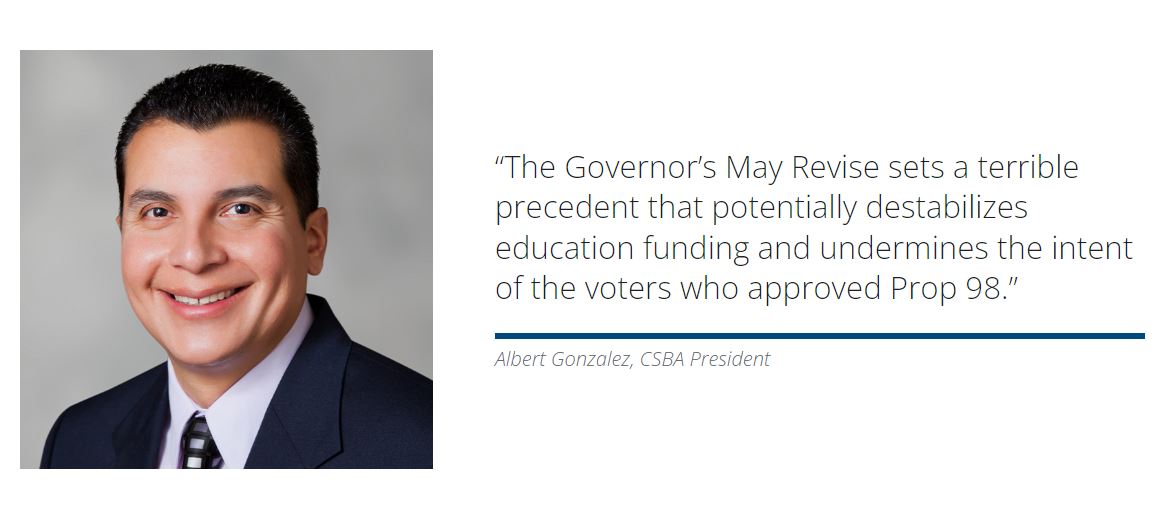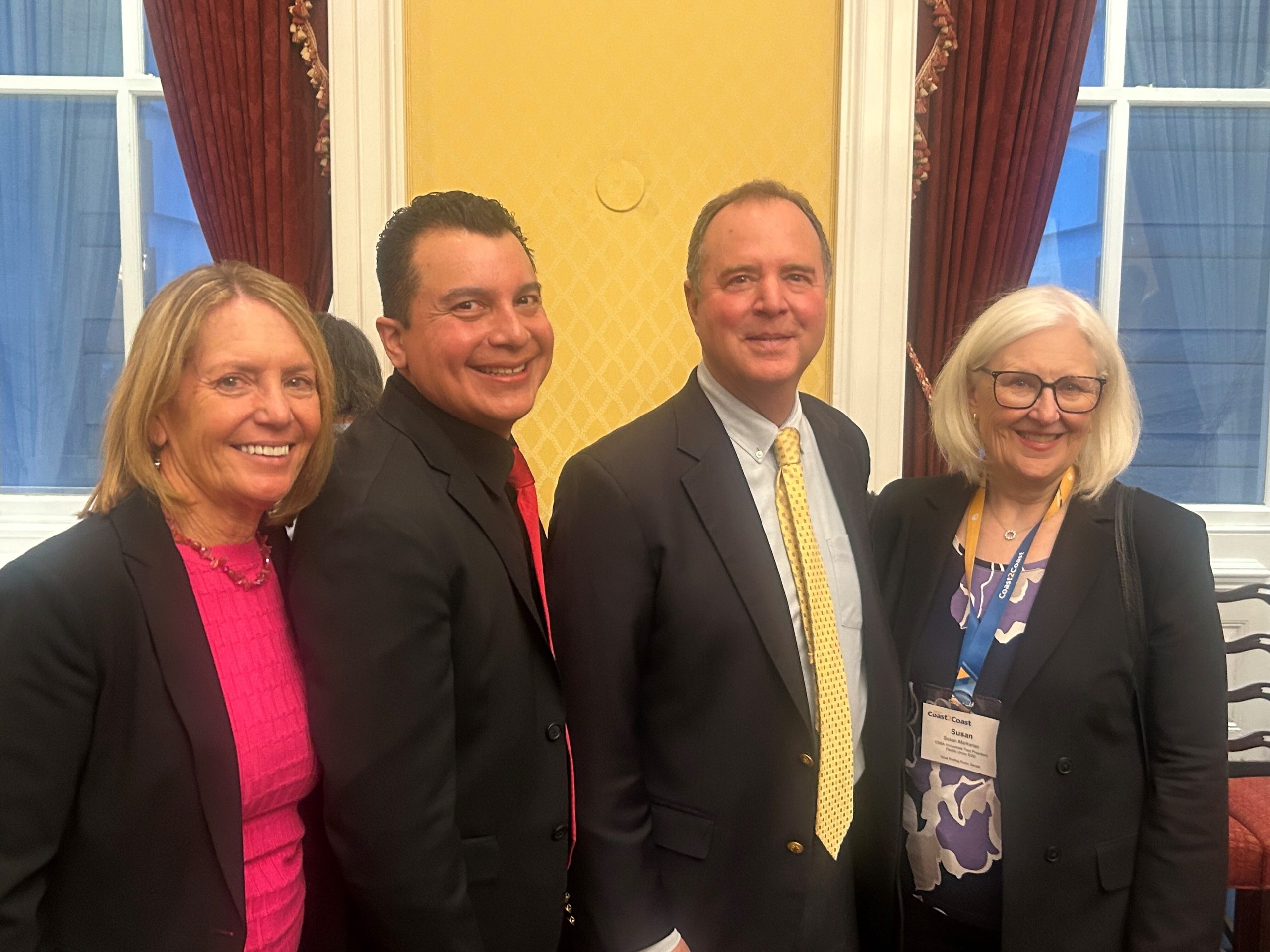By Dr. Susan Heredia
Timing is a curious thing. Nineteen months ago, I received one of the greatest honors of my life, and yet it came amidst the most unwelcome circumstances. As a 22-year veteran of CSBA, I considered myself fortunate to serve an organization that has done so much good for my district’s schools and for others across California. My role as President-elect afforded me the opportunity to work on statewide policy and advocacy with so many amazing and inspirational colleagues, none more so than our 2021 President Suzanne Kitchens.
Suzanne’s untimely passing devastated me and all those who knew her well. Suzanne was full of the curiosity, joy and passion we hope to nurture in all California students, and it seemed she had so much life left to live. So, when I succeeded Suzanne as CSBA President in the spring of 2021, my ascension came at time of great loss for the organization and amid some schools attempting to reopen after the COVID-19 pandemic that inflicted incredible loss on the entire world.
While these are not the circumstances I would choose for my tenure as CSBA President, I’m grateful that I had the opportunity to serve at a time of great need and to witness the mountains that my colleagues moved during a period of great tumult for public education. I am truly humbled by your efforts and resilience in the face of great challenges and even greater scrutiny. I thank you for the opportunity to act on your behalf as President and for the memories this experience has provided.
As we continue toward the light of a post-pandemic era, it’s tempting to crave a return to normal. I would caution against this. When I hear people talk about a return to normalcy in the context of public schools, I cringe. The Merriam-Webster Dictionary defines reset as “to set again or anew” and offers the examples of resetting type, resetting a diamond and resetting a circuit breaker. All of those examples involve restoring what came before — and that is not sufficient for our children, our school system or this unique moment in time. My hope is that California’s TK-12 schools do not just reset . We must resist the impulse to “set again” and boldly chart a path that allows us to “set anew” and to develop a transformed school system that works for all students.
To meet the goal of providing all students with a high-quality education, schools must address not only the immediate trauma stemming from the pandemic and school closures, but also the longstanding disparities that have prevented many students and schools from reaching their full potential. We must ensure that schools can adapt to new circumstances and invest resources in data-based, research-supported methods that optimize student success. The most exciting part about this moment is the opportunity it presents to rethink public education, with a focus on community schools, support for the whole child and additional resources, particularly for our high-need students.
This is a precarious time for public education as we deal with both the legacy of the pandemic as well as longstanding concerns about academic achievement and inequitable outcomes. The pandemic and the response to issues like remote learning, COVID-19 safety measures, student mental health, ethnic studies and the idea of critical race theory in schools have exacerbated distrust of the school system among some families and prompted them to seek other options. In addition, the sobering data found in the latest NAEP test scores results, which depicted a historic decline in student performance, has increased scrutiny of schools and learning recovery efforts.
Against this backdrop, it’s critical that schools be transparent, consistent and exhaustive in communicating the steps they are taking to facilitate students’ academic success as well as their mental and social-emotional development. People understand that there is great student need. They are also aware, that schools received substantial additional funding from both state and federal governments during the last two years. Yes, much of that money is one-time funding and a good bit of it is restricted, but we can’t expect the general public to be familiar with those nuances. The onus is really on schools, and those who support public education like CSBA, to explain the depth of student need and show how funding is being allocated to meet it.
Engaging with, informing and gathering feedback from community is especially important to me. When I was a second-grade teacher at Sacramento City USD’s Washington Elementary School, we were located in what, at that time, was the heart of the Latino community. I learned how to advocate for students when there was opposition to bilingual education. As a result, I deeply appreciate programs that foster a love of learning languages, ensuring that students are not only bilingual, but biliterate upon graduation from high school. At Washington Elementary, we emphasized advocacy efforts on behalf of students and families both inside and outside the school gates. That focus continued when I transitioned from the classroom to the district office, and then to academia.
What I learned is that there are so many students and families that do not understand educational systems. They’re intimidated by educational systems. And they are the very people who need the strongest advocates. In my closing words as President, I encourage you to remember these families and center them in your work as education leaders and governance practitioners. The timing has never been more critical.
Dr. Susan Heredia was the 2022 CSBA President.





